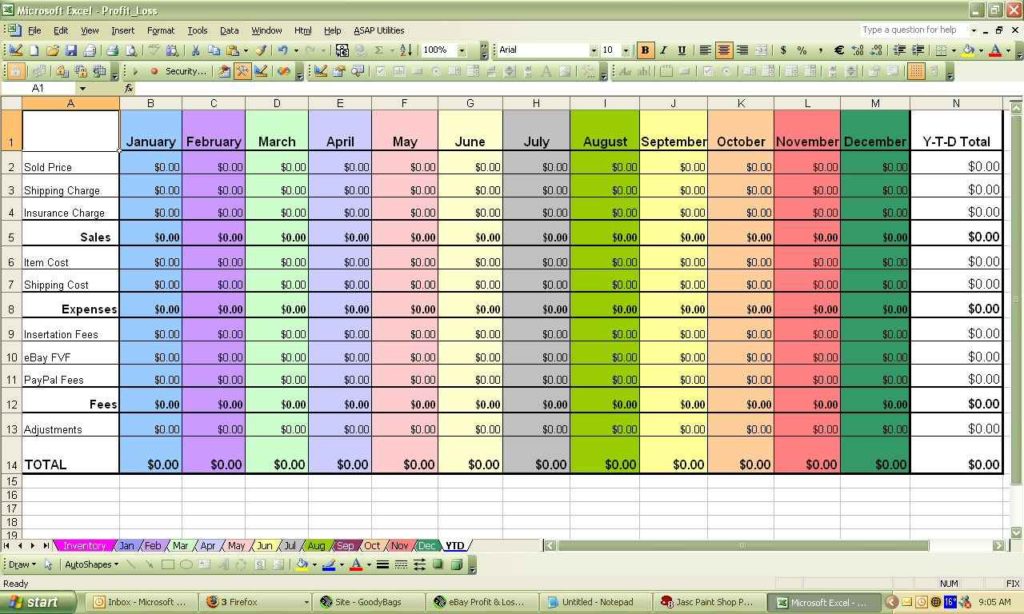5 Ways to Transform Excel Sheet into Template Instantly

Introduction to Excel Template Transformation

Microsoft Excel is a powerhouse tool for managing, analyzing, and presenting data. However, creating and maintaining custom templates can be time-consuming. Thankfully, there are several methods to instantly transform an Excel sheet into a well-structured template, saving you time and effort. Here, we’ll delve into five different approaches to achieve this transformation seamlessly.
Using Table Styles for a Clean Look

Excel’s built-in Table Styles provide an easy way to transform your data into a professional-looking template:
- Select the range of cells you want to convert into a table.
- Navigate to the Home tab, then click on Format as Table.
- Choose from a variety of table styles that match your aesthetic or branding needs.
Once applied, your data automatically turns into a table with sortable headers, autofilter functionality, and consistent formatting:
| Feature | Description |
|---|---|
| Header Row | Freezes the top row for scrolling ease. |
| Filter Buttons | Allows for quick data sorting and filtering. |
| Automatic Expansion | New data entered nearby automatically becomes part of the table. |

💡 Note: Always ensure that your range of cells for the table does not include blank rows or columns at the end as this can cause issues with table functionality.
Applying Theme and Style

Theme and styles in Excel enable you to instantly change the look of your workbook:
- Go to Page Layout tab and select Theme from the Themes group.
- Choose from predefined themes or customize your own colors, fonts, and effects.
This feature allows you to match the design of your template to your company's branding or your personal style preferences. Here's how to set a theme:
Using Templates from Office.com

If you’re starting from scratch, or you need inspiration, using a pre-designed template from Office.com can be very helpful:
- From the File tab, select New.
- Search or browse for templates related to your data type or purpose.
- Select a template to create a new workbook with the desired formatting and structure.
This can be particularly useful when creating templates for projects, financial reports, or inventory management.
Custom XML Part Import

For more advanced users, custom XML Parts can add custom functionality to your Excel template:
- Open your Excel workbook and navigate to the Developer tab. If not visible, you need to enable it via Excel Options.
- Click on Source under XML group to add an XML schema or custom XML parts.
- Link data from XML files or add custom data validation rules.
📝 Note: Custom XML functionality requires some programming knowledge and familiarity with XML schemas.
Power Query to Automate Data Transformation

Power Query, available in Excel 2016 and later, allows you to automate data manipulation and structure:
- Load your data into Excel.
- Use Power Query Editor to transform your data into the desired format.
- Save these steps in the query settings to apply the transformation to future data.
Here's how you can use Power Query:
Final Words

Incorporating these methods can drastically reduce the time and effort required to turn raw data into beautifully formatted, functional templates. From applying table styles to leveraging Power Query, Excel offers myriad options to suit different needs. Keep experimenting with these tools to find the best approach for your specific requirements, enhancing productivity and presentation.
Can Excel templates be shared across different versions of Excel?

+
Yes, Excel templates can be shared, but functionality like custom XML parts might not work in older versions. Always check compatibility.
How do I apply a theme to only one worksheet?

+
Themes apply to the entire workbook. To mimic applying to one worksheet, you can manually format that sheet with a different color scheme or style.
Is it possible to automate data transformation in Excel without Power Query?

+
Yes, you can use macros or VBA scripts to automate data manipulation, though Power Query provides a more user-friendly interface for this purpose.



